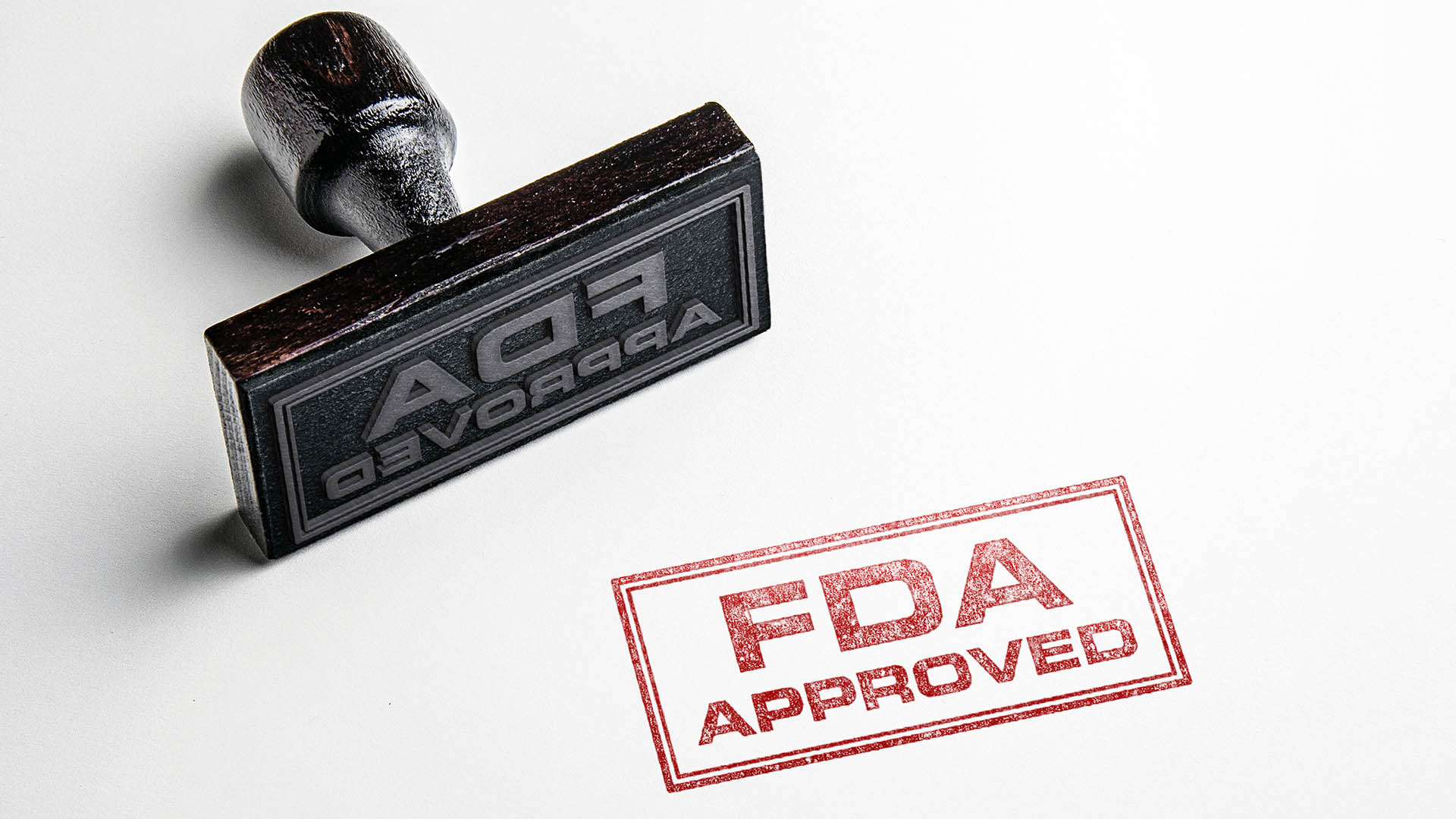It’s not hard to be a bit cynical about the hullabaloo yesterday and this morning about Coles’ $1.1 billion supermarket expansion plan for the next three years, with more than 16,000 jobs created.
It sounds wonderful for a company under pressure from the ACCC, the competition regulator, on those controversial petrol shopper dockets, continuing supplier fears about supermarket buying pressure (especially among rural suppliers), and the wider economy needing more non-mining investment and new jobs.
But you’d be entitled to ask if the new expansion plan is really anything different from what Coles has been doing for the past five years or so under about-to-be-promoted CEO Ian McLeod.
And the expansion plan was unveiled in Canberra – a long way from most of the areas where the money will be spent. The Canberra location gave it a decided political flavour.
In his comments, Mr McLeod said Coles’s new store expansion would create almost 8,500 full-time equivalent retail jobs as well as more than 8,200 construction jobs over the next three years.
Coles has also pledged to treble the number of indigenous staff from 1,000 to 3,000 before 2020. That is hardly a stretched target. That’s an extra 300 to 400 people a year.
Mr McLeod said the $1.1 billion investment in new stores reflected Coles’s confidence in the future of the food retail sector.
He said that over the last five years Coles has opened about 20 new supermarkets a year but closed a similar number, so net new-store growth has been limited.
Mr McLeod said Coles planned to open between 20 and 25 supermarkets a year, while the number of store closures would fall, leading to net new store growth around 2% to 3% a year.
But the newer stores are at least 15% larger than older stores – around 2500 square metres compared with 2,200 square metres and future stores will be larger still – around 2,800 square metres.
"What we now have an opportunity to do is look at areas where we can continue to grow and expand without necessarily rationalising stores," he was reported as saying.
Mr McLeod said the capex would include a mix of leasehold and freehold stores.
But how new and different is this plan?
Well, in the outlook for Coles in Wesfarmers’ (its owners) recent interim report, there was no sign whatsoever of this expansion idea.
"The strong foundation established over the last five years has provided a platform for the next wave of Coles’ transformation. During the second wave, Coles’ priority is to consolidate its improved brand reputation through extending value leadership, delivering consistent quality, building longer term strategic partnerships with suppliers, continuing investment in innovation and in-store offers, and building best in class multi-channel capabilities," Wesfarmers said.
And the expansion plans outlined yesterday are not that much different from the actual expansion in the latest six month period.
Wesfarmers said in its report:
"Coles continued to improve customer experiences through store format innovation, refurbishing 31 stores during the half, which included the launch of three food services superstores in New South Wales focused on offering a state-of-the-art food experience.
"At the end of the half, 382 stores were in the renewal format, representing 50 per cent of the store network. During the period Coles accelerated selling space growth through the opening of 11 new supermarkets, with net selling space growth of 2.3 per cent recorded in the 12 months to 31 December 2013."
And in liquor, Wesfarmers said, "Sales momentum in the liquor business improved during the half and included a better Christmas trading period. During the period the business continued to focus on targeted offers, tailoring of ranges to both format and location, and further optimisation of the store network. Encouraging customer responses to category and format innovation were also recorded during the half. Coles opened 20 new liquor stores and closed six liquor stores in the half."
There was no mention of additional liquor shops in yesterday’s report, but the new super stores include a Coles Liquor outlet in the ones in Sydney.
What is important though is not an increase in the number of new supermarkets (the 2% to 3% increase a year referred to) but in the amount of extra selling space a year. That was running at 2% to 3% in the December half year.
That has to be controlled because it’s a key part of a supermarket operators sales machine. If the amount of selling space starts rising too quickly, sales per square metre will fall, adding to costs.
And in the statement yesterday there was no mention of the company’s big refurbishment program for existing outlets. It is a far cheaper way of boosting same store sales growth and profits than new stores, which take longer to start making returns. But the half year report said the refurbishment (renewal) project would be "accelerated".
Refurbishments also boost same store growth (a key measure of sales success)) straight away, not 12 months or so.
And the Wesfarmer’s half year report revealed that capex spending in Coles fell (that’s right) by 16.7% in the six months to december to $554 million from $665 million – a substantial fall if there was one. So far from a lift in spending, as the statement and media reports suggested, there seems to be little change – a repackaging of what the company was doing anyway.
So yesterday’s Coles statement ticks a lot of boxes = new jobs at a time when jobs are under pressure – just mention Ford, Toyota, General Motors and Qantas. It also serves a political task or three – extra jobs, more indigenous jobs, more investment (at a time when non mining investment is weak), and makes Coles seem like a good guy when the ACCC is claiming its fuel shopper dockets are a bit suspect.
Still the news helped the shares rise 1% to $43.15, on a day when the wider market was up 0.8%.













